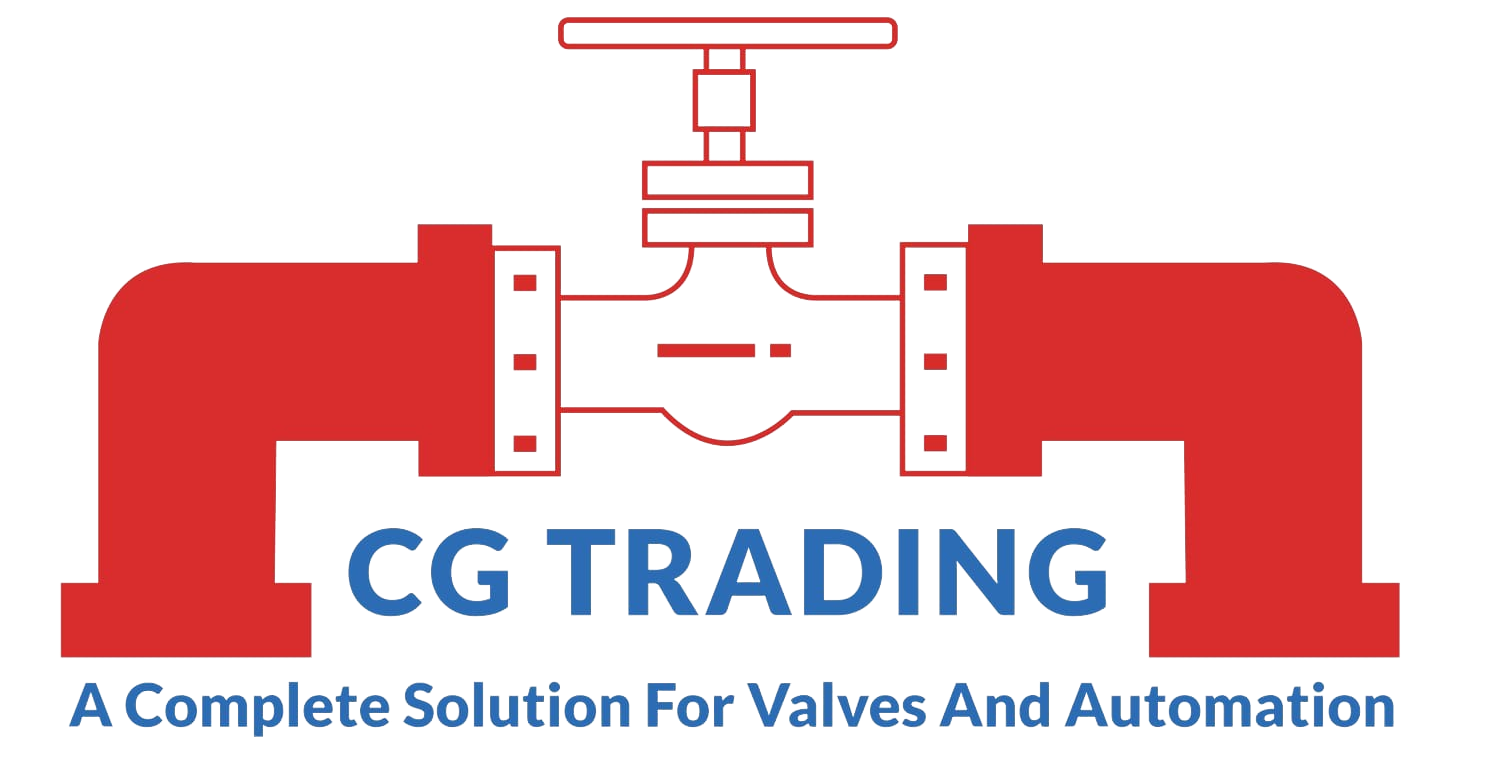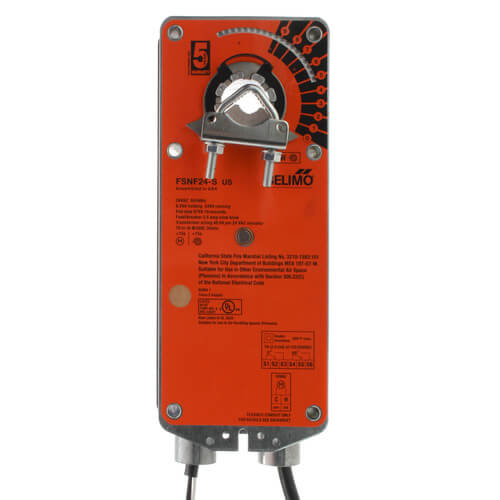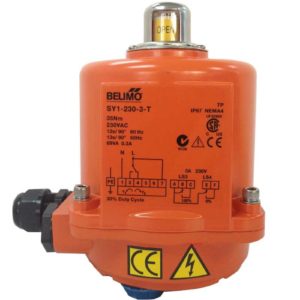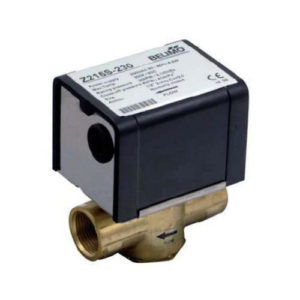BELIMO FIRE AND SMOKE DAMPER ACTUATOR
₹11,500.00
BELIMO FIRE AND SMOKE DAMPER ACTUATOR:
Belimo fire and smoke damper actuators are designed for operation in smoke and combination fire and smoke dampers in ventilation and air-conditioning systems with a torque range from 2 Nm to 40 Nm @ 177°C. For maximum safety in all situations, the fire and smoke actuators meet all codes for commercial buildings. in the U.S., pass UL 555 and UL 555S at 177ºC and are tested for 30,000 open-closed cycles with approved dampers. Belimo fire and smoke damper actuators exceed UL’s requirement of 20,000 cycles at damper static load.
Description
BELIMO FIRE AND SMOKE DAMPER ACTUATOR:
Features:
- True mechanical spring return – the most reliable fail-safe
- Reverse mount for clockwise or counterclockwise fail-safe
- Check damper position easily with clear position indicator
- Overload-proof throughout rotation
- Easy mechanical stop to adjust angle of rotation (add ZDB-AF2 US accessory/FSAF and FSNF only)
- Built-in auxiliary switch is easy to use, offers feedback or signal for additional device (-S models)
- Manual override crank speeds installation (only on FSAF models)
- The same 100% steel toothed cold-weld clamp that Belimo uses on all actuators is used on the FS Series. No slipping on damper shafts will occur
- Tested at high torque load for a minimum of 20,000 cycles per UL555(S)
- Reliable DC motor – low current draw
- Permanently lubricated gears
- FSNF and FSLF actuators meet Uniform Building Code (UBC) requirements
- Belimo actuator is silent when holding at end position
The type FSNF spring-return actuator is intended for the operation of smoke and combination fire and smoke dampers in ventilation and air-conditioning systems. The actuator will meet requirements of UL555 and UL555S when tested as an assembly with the damper and will meet requirements of UBC for 15 second opening and closing at 350°F.
Square footage of damper operated will depend on make and model and the temperature required.







